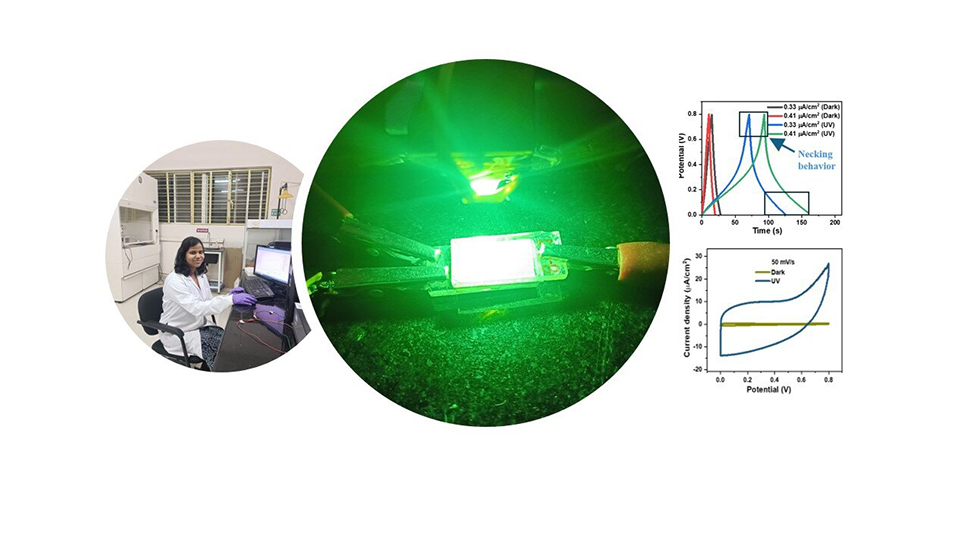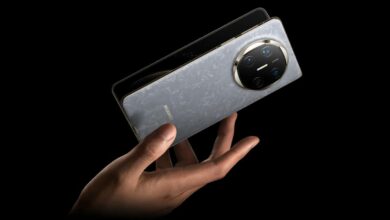Researchers design technology that could ‘potentially replace solar cells’ in certain applications – new supercapacitor charges with light and could appear in a smartphone near you


Researchers from the Department of Instrumentation and Applied Physics (IAP), Indian Institute of Science (IISc) and collaborators have a new supercapacitor developed that can be charged by light.
This innovation could be used in street lighting and self-powered electronic devices, including sensors, because unlike standard capacitors that store energy electrostatically, supercapacitors use electrochemical methods to hold significantly more energy, allowing them to “discharge charge faster than batteries,” said Abha Misra, a professor at IISc’s Department of Instrumentation and Applied Physics and an author of the study.
The supercapacitor’s electrodes are made of zinc oxide nanorods on a transparent fluorine-doped tin oxide substrate, allowing light to pass through and charge the device. When exposed to ultraviolet (UV) light, the supercapacitor showed a large increase in capacitance — its ability to store electrical energy. “The ideas were simple … but when put together, they worked very well,” Misra adds.
Neck behavior
In addition to the impressive increase in capacity, the researchers discovered two unusual behaviors. First, the device’s capacity increased with voltage under exposure to light, a phenomenon co-author A. M. Rao of Clemson University calls “necking behavior.” Second, while energy storage typically decreases with faster charging, the team found that their supercapacitor stored more energy during fast charging when exposed to UV light.
The research team used a liquid electrolyte to improve performance by enhancing the electric double-layer effect, which plays a key role in the high energy storage capacity of supercapacitors. “We have miniaturized supercapacitors down to the micron scale, so they can be integrated with microelectronic chips,” Misra noted, pointing to potential applications in mobile phones and other small devices.
Misra is confident that this new technology could eventually replace solar cells in street lighting due to its faster charging time and high power density.
The research was published in Journal of Materials Chemistry Aand the team hopes to further develop the supercapacitor so that it can be charged using visible and infrared light.




